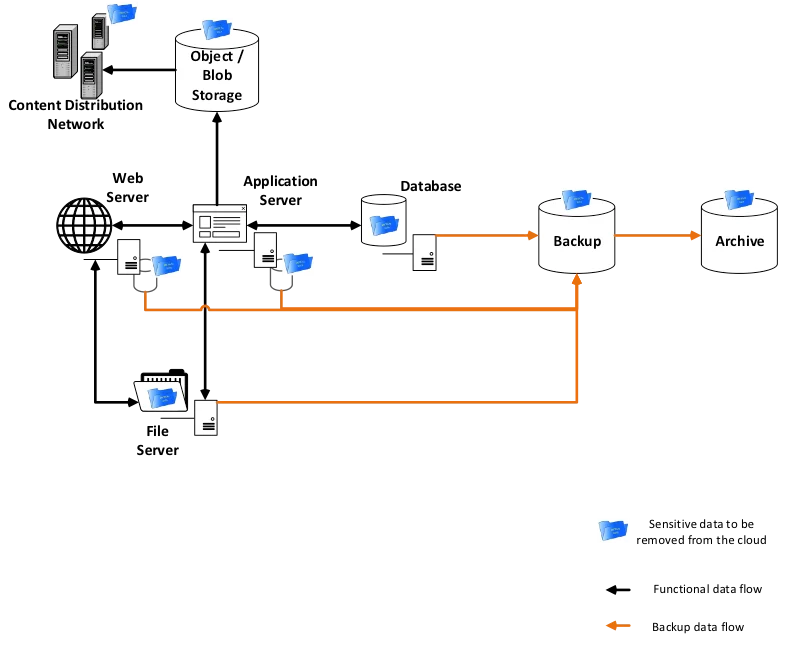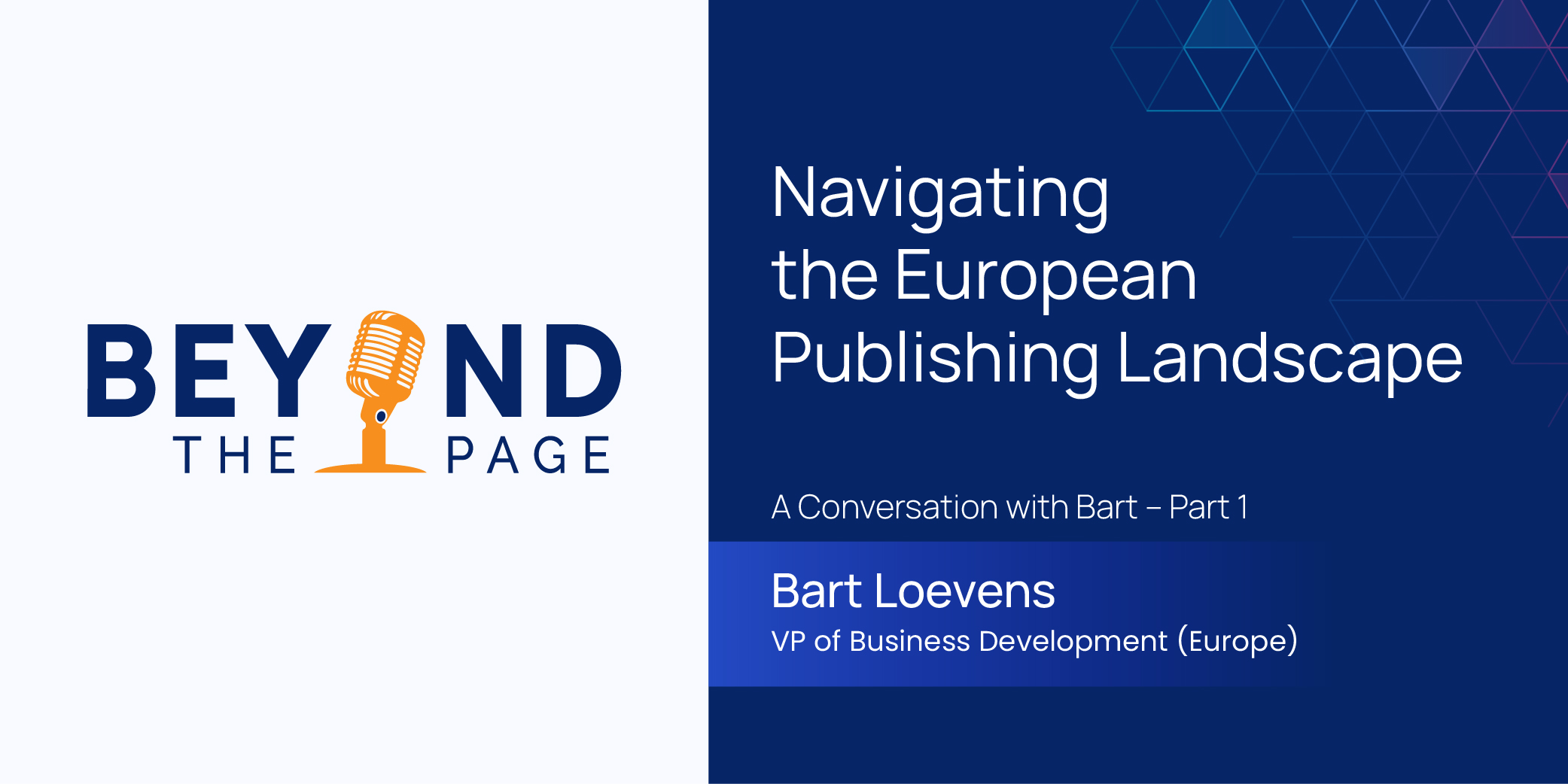
The shift towards cloud computing is undeniable. Businesses of all sizes are recognizing the many benefits it offers, from enhanced scalability and agility to cost-efficiency and improved collaboration. However, with this migration comes a critical responsibility: ensuring the security of your data and operations in the cloud environment. According to the 2016 Cloud Computing Executive Summary by IDG Enterprise, at least 70% of organizations in the U.S. now utilize cloud computing, encompassing private, public, hybrid, or combinations of different cloud models. This percentage is anticipated to increase, with 56% of surveyed businesses indicating plans to shift additional IT operations to the cloud. This blog serves as your guide to secure cloud migration, outlining best practices and key strategies to navigate this crucial process with confidence.
The Importance of Cloud Security: Balancing Benefits and Risks
Cloud computing unlocks exciting possibilities, but the benefits do not come without risks. While you gain flexibility and agility, your data and infrastructure are entrusted to a third-party provider. This shift necessitates robust security measures to mitigate potential threats like:
- Data breaches: Exposed sensitive information due to vulnerabilities or misconfigurations.
- Unauthorized access: Malicious actors gaining access to critical systems and data.
- Denial-of-service attacks: Disrupting access to cloud resources and applications.
- Compliance issues: Failing to meet industry regulations due to inadequate security controls.
By prioritizing security throughout your cloud migration journey, you can leverage the cloud’s advantages while safeguarding your valuable assets.
Planning Your Cloud Migration with Security in Mind
A secure cloud migration starts with careful planning and preparation. Here are key steps to follow:
- Assess Your Current Security Posture: Evaluate your existing security measures, identifying areas needing adaptation for the cloud. This includes data security practices, access controls, and incident response plans.
- Choose the Right Cloud Service Provider (CSP): Research potential providers, examining their security policies, compliance certifications, data encryption practices, and disaster recovery plans.
- Implement Data Encryption: Encrypt both data in transit (moving between environments) and data at rest (stored in the cloud) to protect against unauthorized access.
Key Security Measures During Cloud Migration
Now, let’s delve into specific security measures to implement during the migration process:
- Identity and Access Management (IAM): Establish strict IAM policies to control user access to cloud resources based on the principle of least privilege.
- Secure Data Transfer: Utilize encryption protocols like TLS/SSL to ensure data transfers remain secure throughout the migration process.
 Source: Best Practices for Cloud Security (cmu.edu)
Source: Best Practices for Cloud Security (cmu.edu)
- Regular Security Audits and Compliance Checks: Conduct regular audits to identify and address potential security vulnerabilities and ensure compliance with relevant regulations.
Post-Migration Security Strategies
Your security journey doesn’t end with migration. Here are essential practices for ongoing cloud security:
- Continuous Monitoring: Set up real-time monitoring systems to detect and respond to security threats and anomalies proactively.
- Disaster Recovery and Backup Plans: Develop robust disaster recovery strategies to ensure data integrity and availability in case of outages or disruptions.
- Security Training for Staff: Educate your employees on new security protocols and best practices specific to your cloud environment.
Leveraging Expertise for Secure Migration
Navigating the intricacies of secure cloud migration can be complex. Partnering with experienced cloud transformation and migration services can significantly benefit your journey. These specialists possess the expertise to:
- Assess your unique security needs and risks.
- Recommend and implement optimal security solutions.
- Guide you through secure data migration and configuration.
- Provide ongoing support and monitoring for enhanced security posture.
Integra’s cloud migration services offer a comprehensive approach to ensure a secure, efficient, and seamless transition to the cloud. Leverage their expertise to confidently unlock the full potential of the cloud while prioritizing the security of your critical data and operations. Cloud computing offers immense value, but security cannot be an afterthought. By following the best practices outlined in this blog and seeking expert guidance, you can ensure a secure cloud migration, paving the way for a successful and resilient cloud journey. Remember, security is an ongoing process, so stay vigilant and adapt your strategies as your cloud environment evolves.
News & Insights

Enabling Accessibility in Scholarly Publishing – A Conversation with Lakshmanan Thirumoorthy

Navigating the European Publishing Landscape – A Conversation with Bart – Part 2

